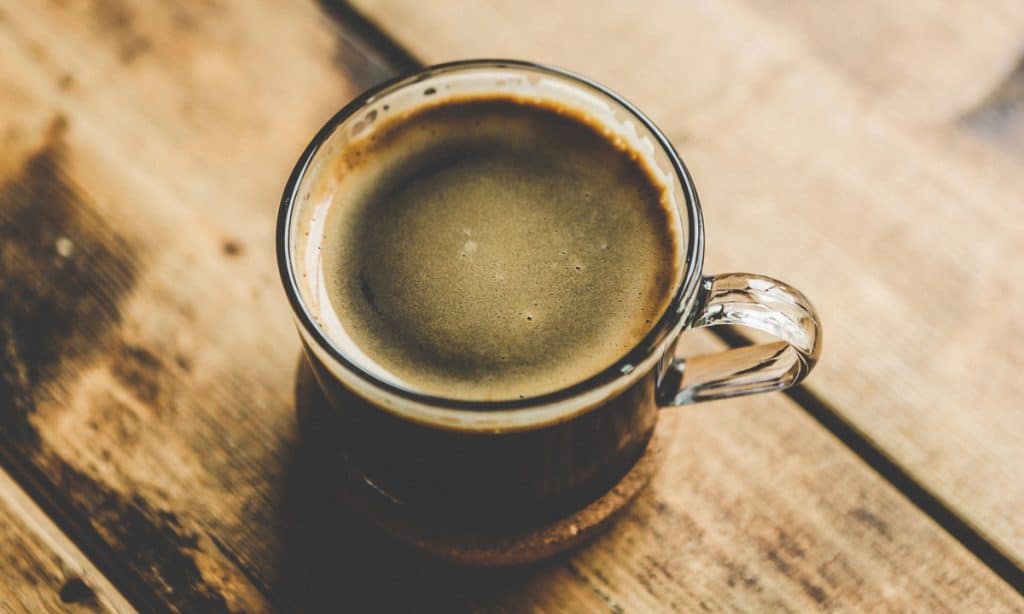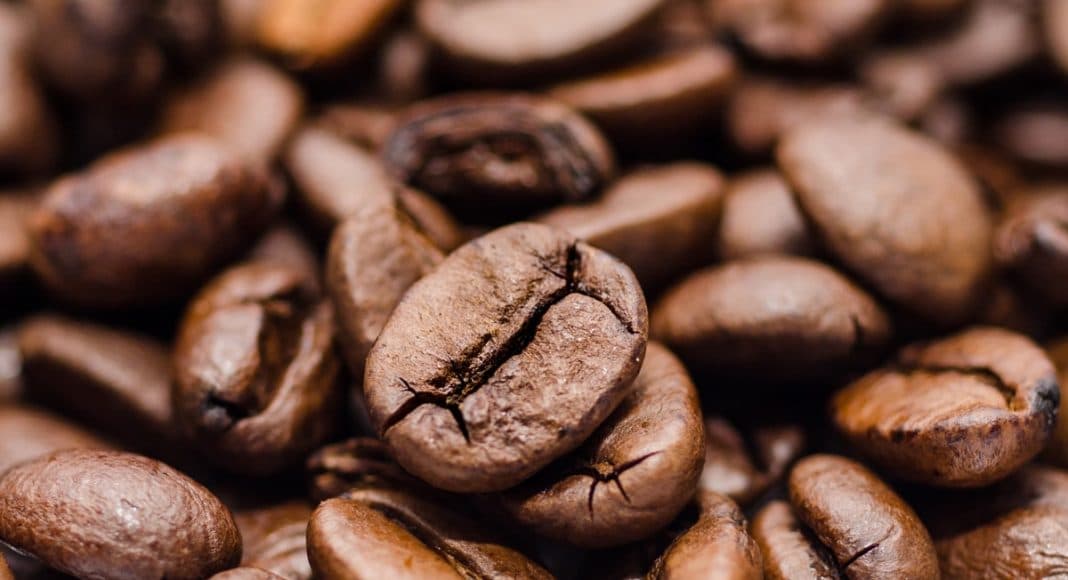Progress, innovation, and (re)invention have been the driving factors of the modern coffee boom. Experts and super-fans alike spend countless hours tinkering with coffee to continue to provide the very best product, and we’re lucky for it. We are in a better place in terms of the availability of fantastic coffee, because of it. In these terms, “what’s next for coffee?” is a beneficial way of thinking as it continues to provide better and and better takes on the core product.
Yet, as we reach a point of comfortable saturation for excellent coffee, our modern need for constant innovation has lead us down a path into a murky middle ground between striving for a better cup of coffee and creating coffee-related products to appease a market that’s always seeking something new, something different.
-
Related Story: This Is Why Almond Milk And Coffee Suck Together
We are in a heyday in terms of coffee. Our storefronts are packed with more and more speciality coffee cafes serving the caffeinated beverage in what many believe to be it’s purest form. The simple coffee bean, and its preparation, has made leaps and bounds from the acrid sting of pre-ground, canned Folgers, and watery “convenience” of instant coffee. The world of coffee is now a diverse and obsessive one, preparation styles rising and falling with new research and quickly changing trends, all aimed at perfecting the way we ingest the simple coffee bean. Coffee drinkers of every ilk, in most major cities, can now find a perfect cafe or roaster that prepares/roasts their beans in a manner that suits their specific tastes to a tee. Be it the subtle nuances of a lighter roast prepared via pour-over or a Carcasa Frappuccino from Starbucks, the options feel unlimited.

-
Related Story: Huh? Mushroom Coffee Is Now A Thing
A few weeks ago, I was sent an article about a company called Four Sigmatic. Their product: mushroom coffee, a package of instant coffee that combines liquified and then freeze-dried mushrooms with coffee and “all-natural ingredients.” By way of a YouTube video, Four Sigmatic founder Tero Isokauppila claims that mushroom coffee, consumed for centuries by the “indigenous people” of Finland (his birthplace), will provide the awakening aspects of coffee without its negative side-effects. And as lovely as this sounds, when we start doctoring our coffee with substances outside of, say, milk, sugar, and even the occasional squirt of syrup, the question becomes: has innovation overstepped its bounds? And in our efforts to create a cup of “coffee” divorced from its negative side-effects, are we even asking “what’s next” for coffee? Or are we just asking “what’s next?”
-
Related Story: Good Morning! Here’s 5 Amazing Cannabis Coffee Products
There’s nothing wrong with Isokauppila wanting to dip back into traditional Finnish coffee preparation to try and find something beneficially different in terms of the way we drink coffee. Drinking ten cups of coffee at ten in the morning and not having caffeine seizures until ten at night sounds fairly wonderful. But are we still talking about coffee or are we talking about a product riding the coattails of coffee because there’s no other marketable category it can be squeezed into? At this point with the massive amount of coffee-related options on the market – bulletproof coffee, cheese lattes, cascara syrup, etc. — it no longer feels like we’re trying to better coffee, we’re just trying to find a larger customer base. We’re just trying to find a product that resembles coffee enough that it’s sellable to anyone.

-
Related Story: Starbucks ‘Laxative Latte’ And 20 Other Products, Ranked
And again, this isn’t a bad thing, just an ill-defined one. Look at the recent explosion of cold brew products in coffee shops and grocery stores alike. Ten years ago, the preparation of a cold coffee beverage was relegated to dumping ice into a steaming hot cup of joe or a dumping a whip-creamed covered Frappuccino down your throat. Yet, coffee experts saw a need, and after extensive tinkering, cold brew has become an excellent product endorsed and encouraged by speciality coffee pioneers like Stumptown and Blue Bottle, amongst others. But, don’t fool yourself; cold brew was the solution to a business problem — how do we get people to keep buying a hot beverage when it’s 80 degrees outside? — a delicious one, but a business-driven solution, nonetheless.
So, yes, striving to change the way we drink coffee can lead us down interesting, and occasionally financially appealing side paths, cold brew being a solid example. Yet, when we start tinkering with the basic concept of coffee – liquid meets roasted, ground beans — we aren’t talking about innovation anymore, we’re talking about invention. We’re working towards a new product, coffee-related or otherwise, aimed at addressing a consumer want (“coffee without the jitters” in the case of mushroom coffee).

-
Related Story: Why Nobody Will Ever Make The Perfect Cup Of Coffee
Speciality coffee isn’t perfect, it never will be, but through innovation of the existing product — coffee beans — the industry continues to expand its reach and its ability to sate a wide spectrum of coffee drinker’s needs. Mushroom coffee, and those beverages like it, are aimed at a customer base, those who want a coffee-like product without the negative side-effects, but let’s not go as far as deem this a step forward in terms of discovering what’s next in the world of coffee. It’s a product that may incorporate coffee, but beyond that, it’s something entirely new and different. It may have the benefits of coffee, but it’s more akin to tea or matte, then a black cup of drip coffee.
Products like mushroom coffee fail to address the question of “what’s next in coffee” because they aren’t seeking to answer it. Instead, they seek to create a beverage that expands the overall world of caffeinated beverages, the term “coffee” becoming more an easy descriptor than an accurate one.
More Related Stories
[soliloquy id=”27414″]


